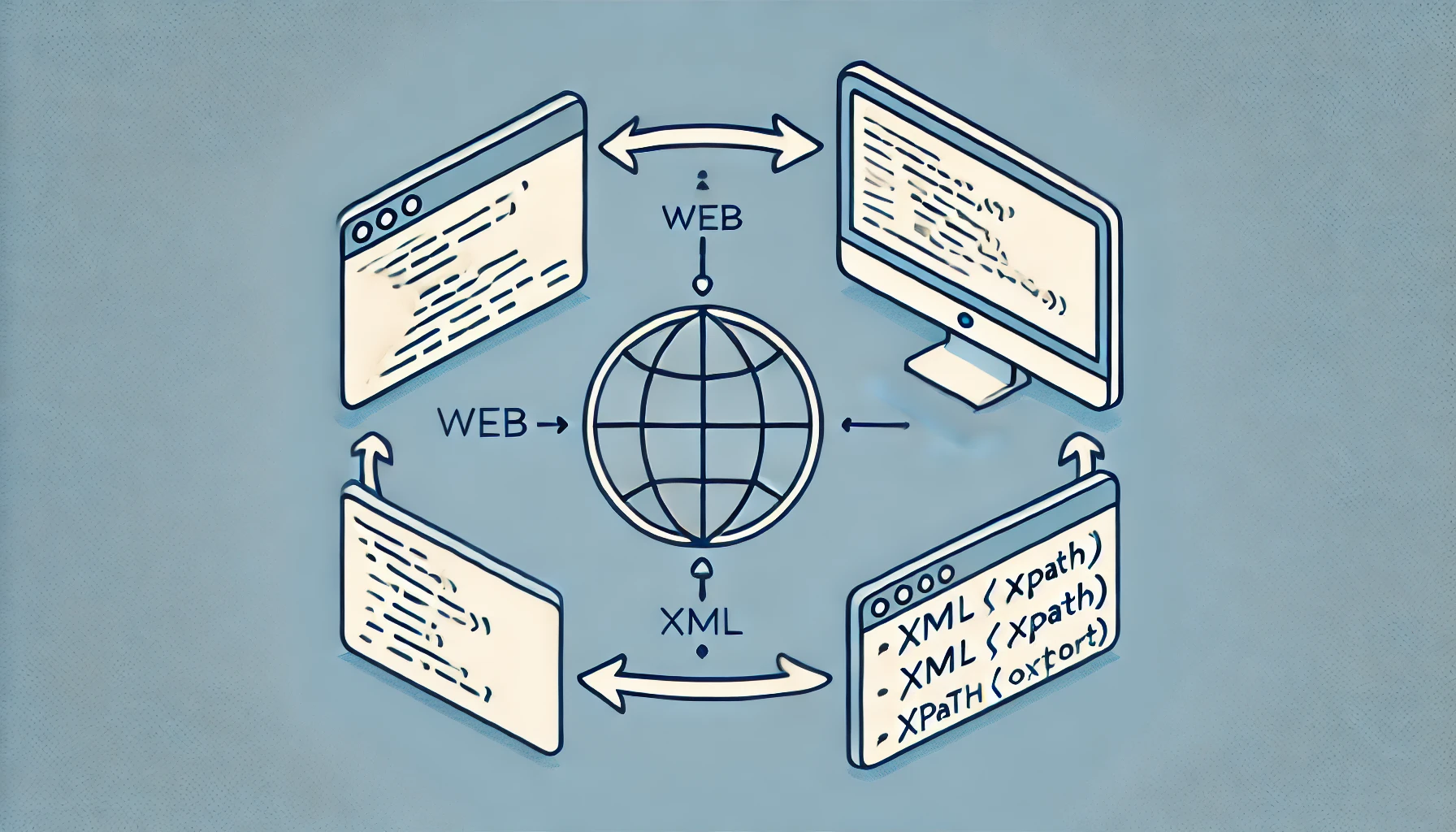
In today’s digital landscape, data represents an invaluable resource for companies aiming to maintain a competitive edge. One of the most used techniques to collect this information is data scraping, also known as web scraping. But what exactly is data scraping, how does it work, and what are its legal implications? In this article, we will explore these aspects, with a particular focus on LinkedIn scraping, exploring how to use these tools ethically and legally.
What is Data Scraping?
Data Scraping is a process through which an application extracts information from the output generated by another software. When specifically referring to web scraping, it consists of extracting data from Internet pages, classifying them based on their characteristics, categorizing them, and storing them in a database.
By using specialized software or scripts, it is possible to collect this data in a structured manner from web pages and transform it into a usable format for analysis or integration into business systems. This technique has become essential for many companies that need up-to-date data to make informed decisions.
How Data Scraping Works
The data scraping process involves accessing a webpage, analyzing the HTML code, and extracting the desired information. Scraping tools simulate human user activity, navigating between pages and collecting data such as text, images, and other multimedia elements. These data are then organized in databases or spreadsheets for further analysis.
The most immediate example of data scraping is carried out by search engines, primarily Google, with their spiders that continuously visit websites, discovering new pages and content to extract, catalog, analyze, and make available for future searches by users. However, there are many other applications of this technique that are also very useful for businesses.
Applications of Data Scraping
Data scraping has numerous practical applications that can benefit businesses in various sectors. For example, it can be used to monitor competitors’ prices, analyze market trends, collect customer reviews, or generate sales leads. E-commerce companies use it to compare prices and offers (we have various clients who, being only resellers, adopt aggressive pricing policies and need to keep competitors constantly under control), while some marketing agencies, like ours, use it to analyze competitors’ strategies and identify new opportunities (for example, we use it extensively in advertising to keep our clients one step ahead of their competitors).
Another popular application now is LinkedIn Scraping.
LinkedIn is the largest professional network in the world, with millions of users sharing detailed information about their work experiences, skills, and professional interests. LinkedIn scraping refers to extracting this data for purposes such as recruitment, lead generation, or labor market analysis.
Companies can use LinkedIn scraping to identify potential candidates with specific skills, analyze hiring trends, or gather information about competing companies. For example, a recruitment agency might extract data on professionals in a specific industry or geographical area to create a list of potential candidates to contact.
Legal Implications of Data Scraping
It is crucial to understand that scraping is not always a legal or ethically acceptable activity. A prime example involves the extraction of data aimed at the unauthorized duplication of copyrighted content. In such cases, using scraping techniques can lead to significant violations of intellectual property laws, especially when the original author is not credited, and their work is reproduced entirely or partially for commercial purposes without their consent. This practice not only infringes on the author’s rights but can also result in severe legal consequences for those who engage in it.
Moreover, scraping can be exploited for malicious purposes. For instance, unauthorized data extraction can fuel phishing campaigns, identity theft, and other cyberattacks. Attackers can use the collected information to deceive users, access sensitive data, or compromise the security of IT systems. These activities not only violate privacy and data protection laws, such as the GDPR in Europe, but also pose a significant threat to individual and collective security.
While data scraping offers many opportunities, it also presents important legal considerations. It is essential to understand the laws and regulations governing the extraction and use of data to avoid violations that could lead to litigation and legal issues.
Respect for Terms of Service
Many websites, including LinkedIn, have terms of service (called ToS) that explicitly prohibit the use of scraping tools. Violating these terms can result in account suspension or legal action. It is therefore essential to read and comply with the terms of use of each platform from which you intend to extract data.
Privacy and Data Protection Laws
In Europe, the General Data Protection Regulation (GDPR) sets strict rules on the collection, processing, and storage of personal data. Extracting identifiable information without the individual’s consent can constitute a violation of the GDPR, with potentially significant fines. It is important to ensure that data scraping complies with privacy laws, adopting measures such as anonymizing personal data, protecting the collected data from unauthorized access, and ensuring its ethical use.
Copyright and Intellectual Property
Content found on websites is often protected by copyright. Unauthorized reproduction or use of this material can violate intellectual property laws. Before using extracted data, it is advisable to obtain permission from the website owner or verify that its use falls within the exceptions allowed by law.

Tools for Data Scraping
Scraping technologies are based on a standard known as XPath, a language that is part of the XML (eXtensible Markup Language) family. XPath is designed to locate, or more precisely, pinpoint nodes within a document. This allows you to write expressions that directly access specific elements of an HTML page, such as those found on the web, making it an ideal tool for text extraction. Several tools allow scraping activities without the need to manually write XPath expressions, while also offering the ability to integrate them when necessary.
Some of these tools are commonly used, while others are more complex and automate a series of tasks.
Starting from the simplest tool, Google Sheets are the first step for reading extractions done in XML by simply using importxml 🙂
Then, we have a Chrome extension, Instant Data Scraper, which allows you to extract parts of content from a webpage.
Moving on to more complex and comprehensive systems, there are both free and paid options.
– BeautifulSoup: A Python library that allows extracting data from HTML and XML files. It is ideal for small and medium-scale projects.
– Scrapy: An open-source framework, also in Python, for web scraping, offering advanced functionalities for managing complex projects.
– Octoparse: A paid online tool that allows data extraction without the need for programming, using a drag-and-drop interface.
– ParseHub: A paid online tool useful for extracting data from websites with dynamic content.
There are also specialized tools for LinkedIn (and other social platforms).
– PhantomBuster: An online tool offering solutions to automate activities on Facebook and LinkedIn, including data scraping, always in compliance with the platform’s policies.
– TexAu: Another tool that allows automating data collection from social media, including LinkedIn, with advanced automation features.
Conclusions
Data scraping is a powerful technique that can provide a significant competitive advantage in today’s data-driven market. However, it is crucial to use it ethically and legally. Understanding the legal implications, respecting privacy regulations, and website terms of service are essential steps to avoid risks and make the most of the opportunities offered by data scraping.
For companies looking to implement data scraping in their strategies, it is advisable to consult legal experts and work with agencies familiar with the tools and compliant with the current regulations. This way, companies can benefit from the advantages of data scraping, such as access to valuable information and business strategy optimization, without incurring potential legal penalties.
Continua a leggere
And it consumes less energy.
To return to the page you were visiting, simply click or scroll.

